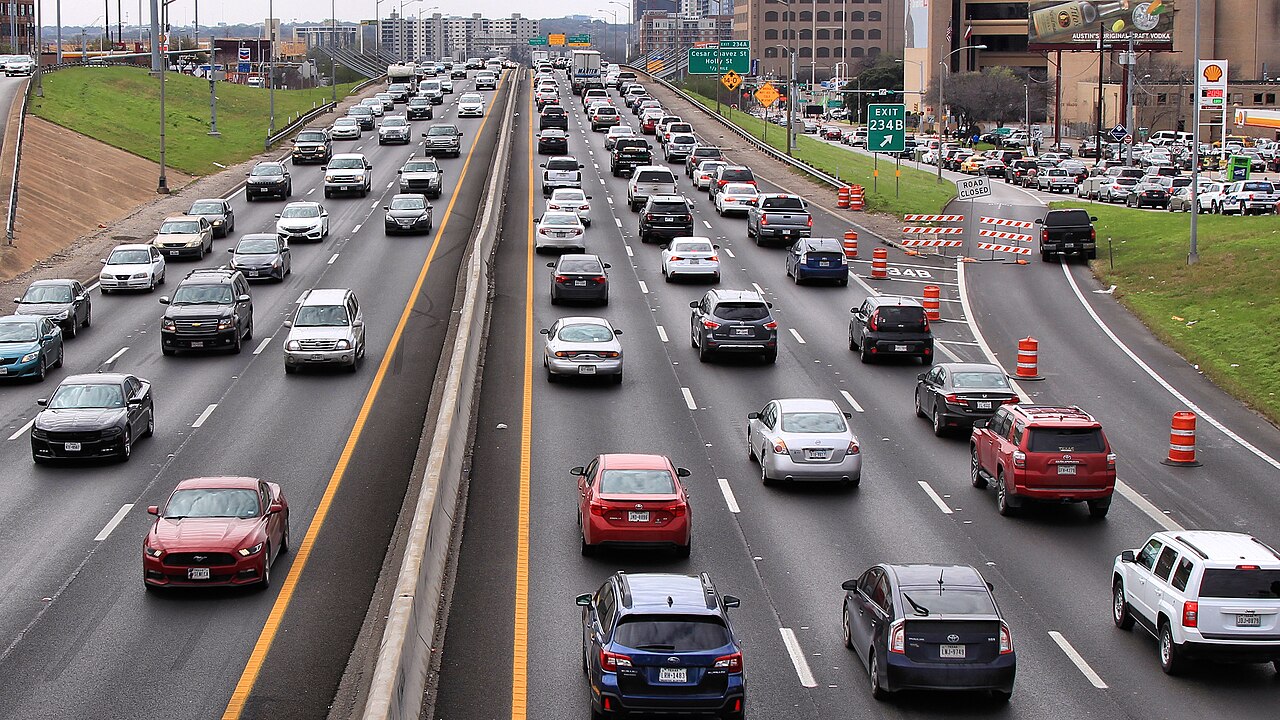The climate change bills being considered by Congress treat electric utilities very well, giving more than a third of the revenue generated by CO2 regulation away -- for free -- to power providers. This move pleased coal country Democrats while seeking to lock down benefits for consumers by averting electricity rate hikes.
But did the focus on electricity generation tackle the fastest-growing source of U.S. carbon emissions? A new report released today by Environment America has the answer: Barely.
The report tracks state-by-state progress in reducing carbon emissions. The chart shown below depicts the national totals for emissions by sector of the economy, with the fifth column from the left depicting the percentage change between 1990 and 2007 and the sixth column depicting the percentage change between 2004 and 2007.
 (Chart: Environment America)
(Chart: Environment America)Electricity was indeed the fastest-growing producer of U.S. emissions during both time periods, rising by 32 percent in the 1990-2007 period and 3.4 percent during 2004-2007. But transportation emissions were a strong No. 2, rising by 27 percent from 1990 to 2007 and 3 percent during 2004-2007.
The two columns on the far left show that during the last four years, U.S. commercial, residential, and industrial emissions have decreased in real terms while electricity and transportation emissions are on the rise.
The report's authors acknowledge that the period they studied saw "very little" increase in vehicle fuel-efficiency standards, which are set to rise notably in the coming years. But considering that transportation emissions are rising at such a healthy clip, it's natural to ask whether the Senate climate bill should set aside more than 3 percent of its revenue for clean transport -- and why the House bill did so much worse, making its 1 percent allocation optional.





